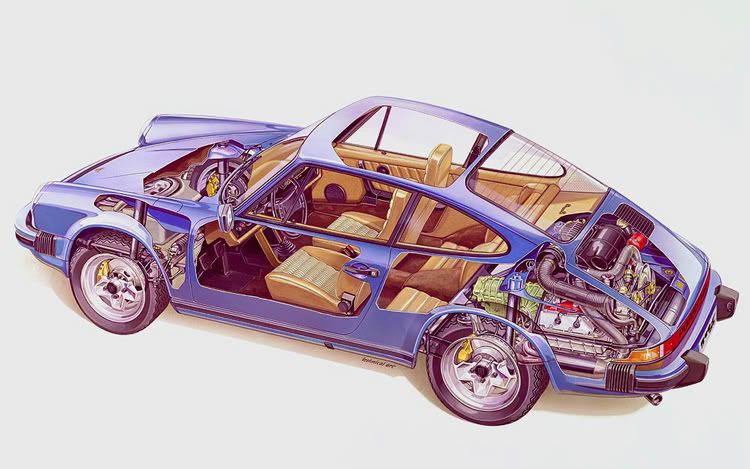Ciro Pabón wrote:A question: does anybody knows what kind of counterweights F1 cars use to balance the tires? Not that I think a sticker changes the balance by much, but I've never taken a second look to the rim. Where are the counterweights? Are they used at all? If not, what do they do?
When designed, the rims, valve stem, and tires are manufactured so that when assembled they create a natural balance. Errors can happen, and all tire assemblies are balanced. They use a lead weight with an adhesive on one side to firmly attach the balance weight to the rim. A special machine holds the wheel/tire assembly, and spins it, while recording the amount and direction of imbalance. A technician then reads the data, and attaches the weights to give the assembly as good balance as reasonable. This chore is done by the tire technicians immediately after mounting the rim, and before turning the wheel assembly over to the team representative.
http://www.f1racing.net/en/photolarge.p ... =1105-1844
In the picture posted, the weights can be observed on some of the tire rims. They are flat and lay along the inside of the alloy rim.
Wheel balance 101.
Most of us are aware that an assembled tire and rim could have one side slightly heavier than the other. Usually this is of a low order, but considering the revolutions a wheel experiences, this unbalance could generate severe vibration, leading to parts failure, handling problems, and making the driver very uncomfortable. If a driver experiences severe vibration, they could experience fatigue, distraction, physical damage, and even having their eyes vibrate so much they cannot see properly. So this is an important issue that must be addressed. Wheel balance is important.
Most of us are familar with the concept that if one side is heavier than the other, a balance weight of the appropriate mass is attached to the lighter side. But since a Formula One wheel can be as much as 460mm wide (FIA regulation 12.4.1) dynamic balancing has to be done.
Imagine a wheel assembly that has one side of the outer rim heavier by ten grams, and the opposite (180 degrees by the axle centerline), but inside of the rim heavier by ten grams. If you stuck an axle on it and allowed it to sit there, it would seem to have balance. But if you spun it very quickly, there would be severe imbalance side to side. This is what dynamic balancing does.
http://www.gsp9700.com/pub/features/intro.cfm
As a side note, the same laws of physics apply to road cars, so I strongly suggest that you make sure the wheel is properly attached to your car, that it is in good condition, air pressures are regularly checked, and the assembly has been dynamically balanced.




